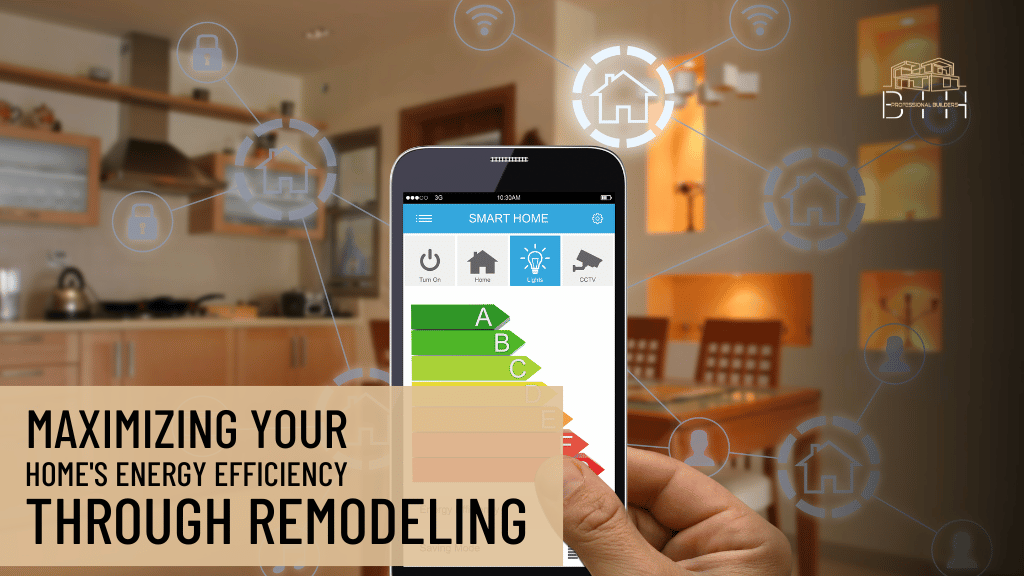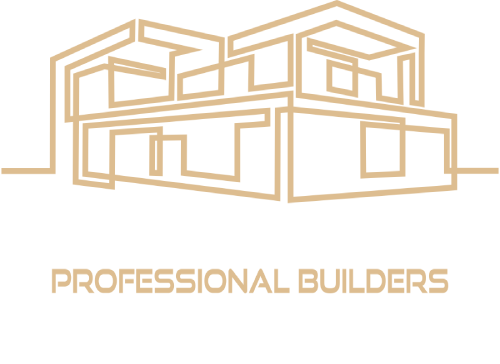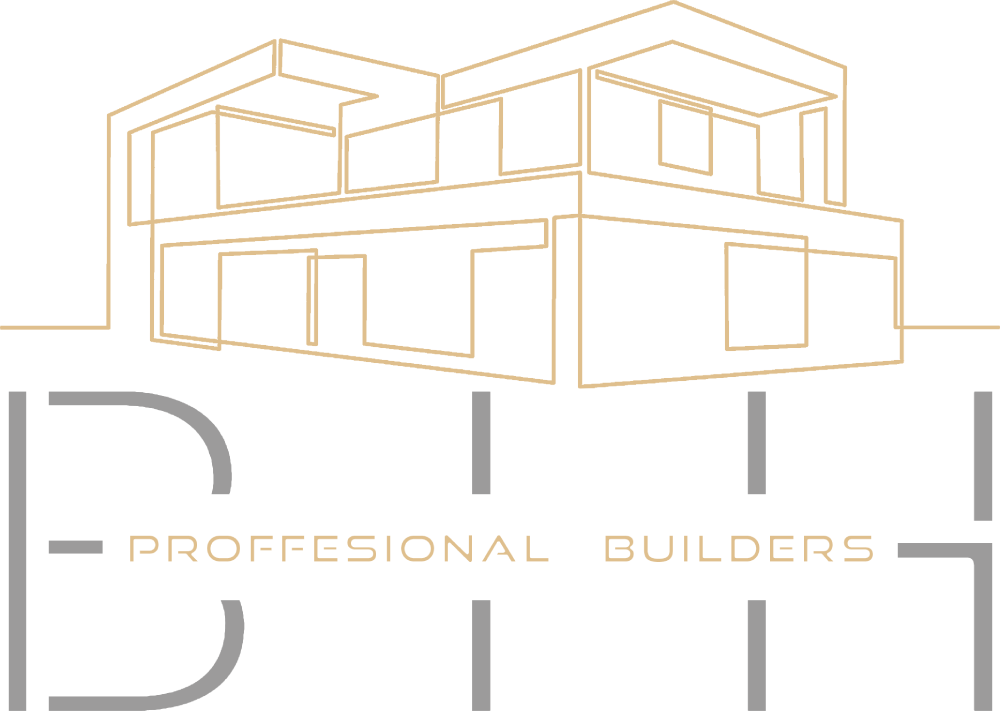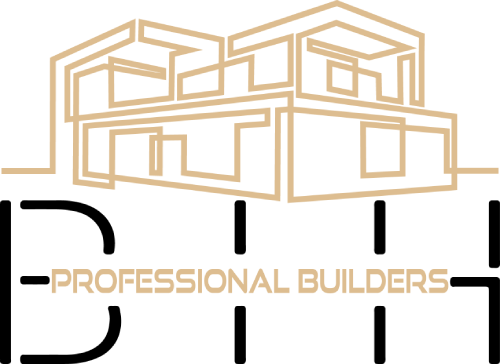
Homeowners in California are increasingly recognizing the importance of energy efficiency in their homes. Not only does it help reduce environmental impact, but it also leads to significant cost savings in the long run. As a reputable construction and remodeling company in California, BIH is committed to providing eco-friendly services to our clients. In this article, we will explore various ways to maximize your home’s energy efficiency through remodeling, ensuring a comfortable and sustainable living environment.
Introduction
In today’s world, where environmental concerns are more prominent than ever, energy efficiency has become a key consideration for homeowners. By optimizing energy usage in our homes, we can reduce our carbon footprint and contribute to a greener future. At BIH, we understand the significance of energy efficiency and strive to incorporate eco-friendly practices into all our construction and remodeling projects.
Understanding Energy Efficiency
Before delving into the specifics of energy-efficient remodeling, let’s first define what energy efficiency entails. Energy efficiency refers to the ability to achieve the desired results while using the least amount of energy possible. In the context of homes, it involves adopting measures to reduce energy waste and optimize energy consumption. The benefits of improving energy efficiency are manifold, ranging from lower energy bills to a reduced impact on the environment.
Identifying Energy Inefficiencies in Your Home
To maximize your home’s energy efficiency, it is crucial to identify areas of energy loss and inefficiency. Conducting a comprehensive home energy audit is an excellent starting point. This audit helps assess your home’s overall energy performance and identifies specific areas that require improvement. Common areas of energy loss include inadequate insulation, air leaks, inefficient windows, and outdated appliances.
Energy-Efficient Remodeling Techniques
Remodeling your home with energy efficiency in mind can lead to significant improvements in its overall performance. Here are some key techniques to consider:
1. Upgrading Insulation and Sealing Air Leaks
One of the primary causes of energy loss in homes is poor insulation and air leaks. By upgrading insulation and sealing air leaks, you can create a more airtight and energy-efficient home. Insulation helps prevent heat transfer, keeping your home cool in summer and warm in winter. It is essential to ensure that your walls, floors, and attic are properly insulated. Additionally, sealing air leaks around windows, doors, and other openings can significantly reduce energy waste.
2. Installing Energy-Efficient Windows and Doors
Windows and doors play a crucial role in a home’s energy efficiency. Older, single-pane windows and poorly insulated doors can result in significant heat loss or gain. Upgrading to energy-efficient windows with double or triple glazing and low-emissivity coatings can minimize heat transfer and enhance insulation. Similarly, installing energy-efficient doors with proper weatherstripping can help maintain a comfortable indoor temperature while reducing energy usage.
3. Upgrading to Energy-Efficient Appliances and Lighting
Appliances and lighting contribute to a significant portion of a home’s energy consumption. By replacing outdated, energy-hungry appliances with energy-efficient models, you can reduce your electricity usage. Look for appliances with the ENERGY STAR label, indicating that they meet strict energy efficiency standards. Similarly, transitioning to energy-efficient LED or CFL light bulbs can lead to substantial energy savings while providing the same level of brightness.
4. Utilizing Renewable Energy Sources
Harnessing renewable energy sources is an excellent way to maximize your home’s energy efficiency and reduce reliance on traditional power grids. Consider installing solar panels on your roof to generate clean, renewable electricity. Solar power can help offset a significant portion of your energy consumption, leading to substantial cost savings over time. Additionally, you can explore other renewable energy options such as wind turbines or geothermal heating and cooling systems, depending on your location and specific requirements.
5. Green Technology in Remodeling
Green technology refers to innovative and sustainable practices that minimize environmental impact and promote energy efficiency. Integrating green technology into remodeling projects can further enhance your home’s energy efficiency. Examples of green technology include:
- Smart home automation systems that optimize energy usage by adjusting lighting, heating, and cooling based on occupancy and preferences.
- Water-saving fixtures and appliances that reduce water consumption and promote water efficiency.
- Recycled and eco-friendly building materials that minimize waste and environmental degradation.
- Efficient landscaping techniques such as rainwater harvesting, native plantings, and permeable surfaces that conserve water and support biodiversity.
- By incorporating these green technologies into your remodeling project, you can create a home that not only maximizes energy efficiency but also aligns with sustainable principles.
Benefits of Energy-Efficient Remodeling
Investing in energy-efficient remodeling offers a range of benefits for homeowners. Consider the following advantages:
1. Lower Energy Bills and Long-Term Cost Savings
One of the most significant benefits of energy-efficient remodeling is the potential for reduced energy bills. By implementing energy-saving measures, you can decrease your energy consumption and save money on monthly utility costs. Although the upfront investment for energy-efficient upgrades may be higher, the long-term cost savings can be substantial, ultimately offsetting the initial expenses.
2. Improved Indoor Comfort and Air Quality
Energy-efficient remodeling helps create a more comfortable living environment. Proper insulation, air sealing, and efficient heating and cooling systems ensure consistent temperatures throughout your home, minimizing drafts and cold spots. Additionally, these measures contribute to better indoor air quality by reducing the infiltration of pollutants and allergens from the outside.
3. Reduced Environmental Impact
Optimizing energy efficiency in your home contributes to reducing greenhouse gas emissions and mitigating climate change. By consuming less energy, you help decrease the demand for fossil fuels, which are major contributors to air pollution and carbon dioxide emissions. Energy-efficient remodeling promotes sustainability by conserving natural resources and reducing the overall environmental footprint associated with energy production.
Planning Your Energy-Efficient Remodeling Project
To ensure a successful energy-efficient remodeling project, careful planning is essential. Consider the following steps:
1. Setting Goals and Priorities
Define your goals and priorities for the remodeling project. Determine which areas of your home require the most attention in terms of energy efficiency improvements. This could include insulation upgrades, window replacements, or appliance replacements. Establish a realistic budget and timeline for the project.
2. Working with a Professional Contractor
Engage the services of a reputable and experienced contractor specializing in energy-efficient remodeling. A professional contractor can assess your home’s energy needs, recommend the most effective upgrades, and ensure that the work is done to the highest standards. They can also provide valuable insights into available incentives and financing options.
Financing Options and Incentives
Investing in energy-efficient remodeling may require upfront costs, but there are several financing options and incentives available to make it more affordable:
1. Overview of Financing Options for Energy-Efficient Remodeling
Explore financing options such as personal loans, home equity loans, or energy efficiency loans specifically designed for remodeling projects. These options provide access to funds that can cover the upfront costs of energy-efficient upgrades. Research and compare the terms and interest rates to find the best fit for your financial situation.
2. Government Incentives and Rebates
Government agencies, utility companies, and local organizations often offer incentives and rebates to encourage energy-efficient improvements. These incentives can help offset the costs of purchasing energy-efficient appliances, installing solar panels, or making other energy-saving upgrades. Check with your local government and utility providers to determine the available incentives in your area.
Conclusion
Maximizing your home’s energy efficiency through remodeling is a worthwhile endeavor that benefits both homeowners and the environment. By implementing energy-saving techniques, upgrading insulation, installing energy-efficient windows and doors, utilizing renewable energy sources, and incorporating green technology, you can create a sustainable and comfortable living space while reducing your carbon footprint and saving on energy costs. Consult with a professional contractor and take advantage of financing options and incentives available to make your energy-efficient remodeling project a success.
FAQs
Q. What are the potential cost savings from energy-efficient remodeling?
A. Energy-efficient remodeling can lead to significant cost savings in the long run. While the exact savings depend on various factors such as the size of the home, energy consumption patterns, and the extent of the remodeling project, homeowners can expect to see a noticeable reduction in their energy bills. On average, energy-efficient upgrades can result in savings of 20% to 30% on energy costs.
Q. How can I determine if my home requires an energy audit?
A. If you are unsure about the energy efficiency of your home or suspect that there might be areas of energy loss or inefficiency, it is advisable to conduct a professional energy audit. Energy audits assess your home’s energy performance, identify problem areas, and provide recommendations for improvements. You can hire a certified energy auditor or reach out to your local utility company for assistance.
Q. Are there any specific incentives or rebates available for energy-efficient remodeling in California?
A. Yes, California offers various incentives and rebates to promote energy-efficient remodeling. The state has programs such as the California Energy Commission’s Energy Upgrade California and the California Solar Initiative, which provide financial incentives for energy-efficient upgrades and solar installations. Additionally, local utility companies may offer rebates and incentives for specific energy-saving measures. Check with your utility provider or visit the California Energy Commission’s website for more information.
Q. What are some key considerations when selecting energy-efficient appliances?
A. When selecting energy-efficient appliances, look for the ENERGY STAR label. ENERGY STAR-certified appliances meet strict energy efficiency standards set by the U.S. Environmental Protection Agency and the Department of Energy. Consider the appliance’s energy consumption rating and choose models with the highest energy efficiency ratings within your budget. Additionally, look for features such as programmable settings, energy-saving modes, and smart technology that optimize energy usage.
Q. How long does it typically take to recoup the investment in energy-efficient remodeling through energy savings?
A. The payback period for energy-efficient remodeling projects varies depending on factors such as the initial investment, energy costs in your area, and the extent of the upgrades. On average, homeowners can expect to recoup their investment within 5 to 10 years through energy savings. However, it’s important to note that energy-efficient remodeling offers long-term benefits beyond just financial savings, including increased comfort, reduced environmental impact, and potential home value appreciation.
Remember, maximizing your home’s energy efficiency through remodeling not only benefits you as a homeowner but also contributes to a greener and more sustainable future. Take proactive steps towards energy efficiency and enjoy the rewards of a comfortable, eco-friendly home.


